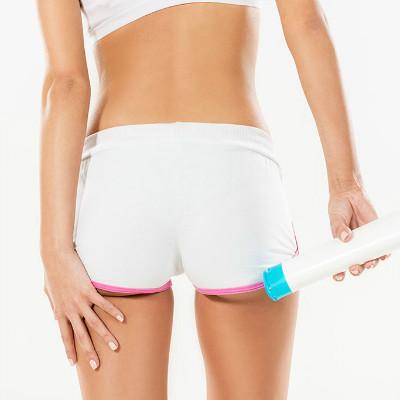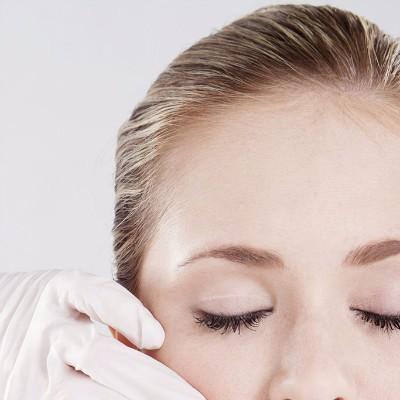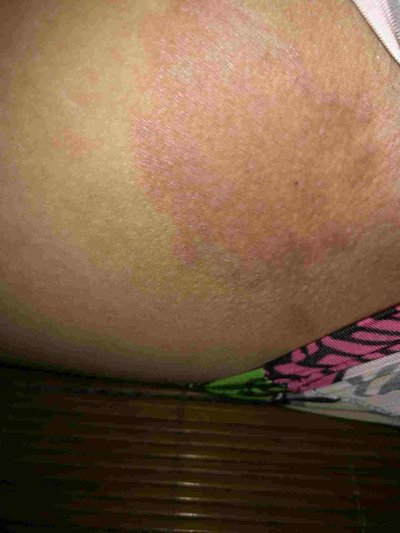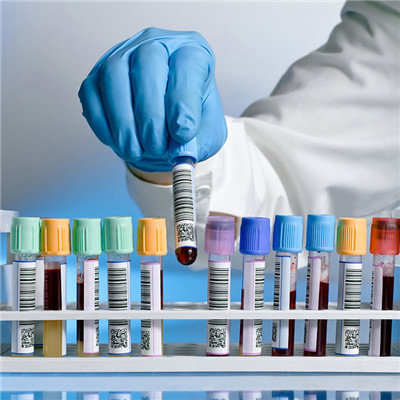Is uterine fibroid gland unresectable
summary
How to treat adenomyoma? Is it necessary to remove the uterus? The treatment of adenomyoma or adenomyosis should be individualized and humanized. There are several common treatment methods, let's share them.
Is uterine fibroid gland unresectable
Method 1 Drug therapy: it is commonly used in the initial treatment of patients with adenomyoma or adenomyosis, that is, patients who have not been treated before, patients with relatively mild condition, and patients who prevent recurrence after operation, such as compound short acting oral contraceptives, gonadotropin releasing hormone agonists such as daphneline, etanerone, low-dose mifepristone, danazol, high-acting progesterone, aromatase inhibitor, rutrozole It can also be used as a traditional Chinese medicine for promoting blood circulation and removing blood stasis. For patients with mild lesions, the application of compound short acting oral contraceptives can reduce menstrual volume, relieve pain, safe and economic, and has few side effects. For adjuvant drugs after surgery and before assisted pregnancy, gonadotropin-releasing hormone agonists are often used to prevent recurrence or improve the pregnancy environment. Many patients can conceive after treatment, but the price is expensive, and low-dose mifepristone is relatively safe Danazol, high effective progesterone, aromatase inhibitors such as letrozole and traditional Chinese medicine for promoting blood circulation and removing blood stasis have certain therapeutic effects.

Method 2 Drug ring such as Mirena ring: in essence, it is a special form of drug treatment. For patients with adenomyosis and adenomyoma without fertility requirements, Mirena ring is placed in the uterine cavity. Because the ring can continuously release a progesterone drug, it can treat adenomyosis and adenomyoma, reduce menstruation, relieve dysmenorrhea, and is economical and practical. It needs to be replaced after 5 years. Are all the disadvantages The effective rate is about 80%. Some people may have irregular vaginal bleeding after the ring, ring off and invalid.

Method 3: local excavation of uterine adenomyoma combined with drug treatment: in fact, the effective rate of drug treatment for adenomyosis is higher than that for adenomyoma. The effect of drug treatment for large adenomyoma is often poor. Drug treatment after local excavation of uterine adenomyoma is the more appropriate treatment for young patients or patients who require to retain the uterus. Of course, there is the possibility of recurrence after surgery, but there are also patients who do not relapse for many years, and often provide opportunities and conditions for women who intend to get pregnant.

matters needing attention
Hysterectomy: is the most thorough treatment of the disease, commonly used in the treatment of poor drug treatment, severe symptoms and no fertility requirements of patients. Common hysterectomy and subtotal hysterectomy.














